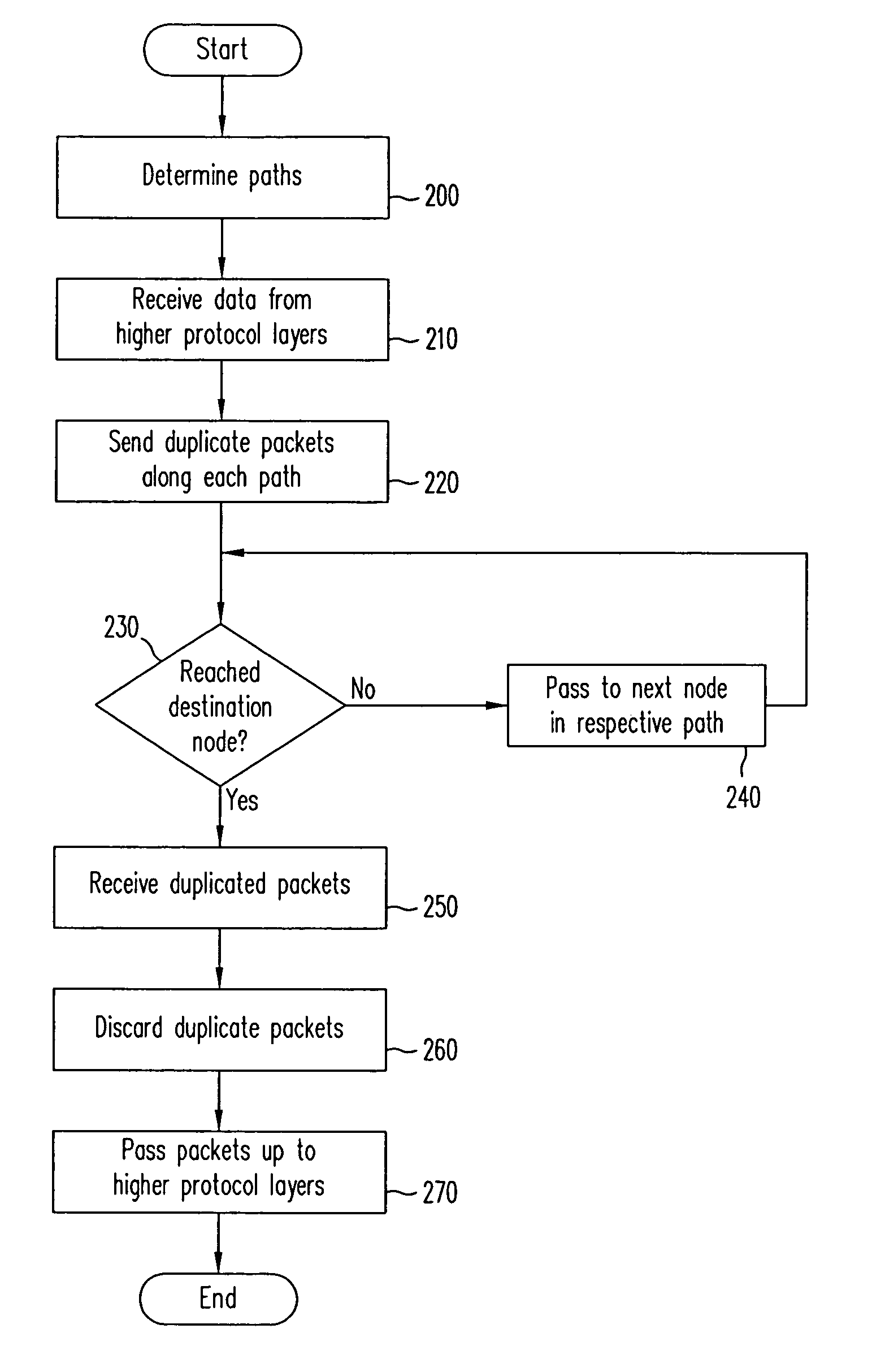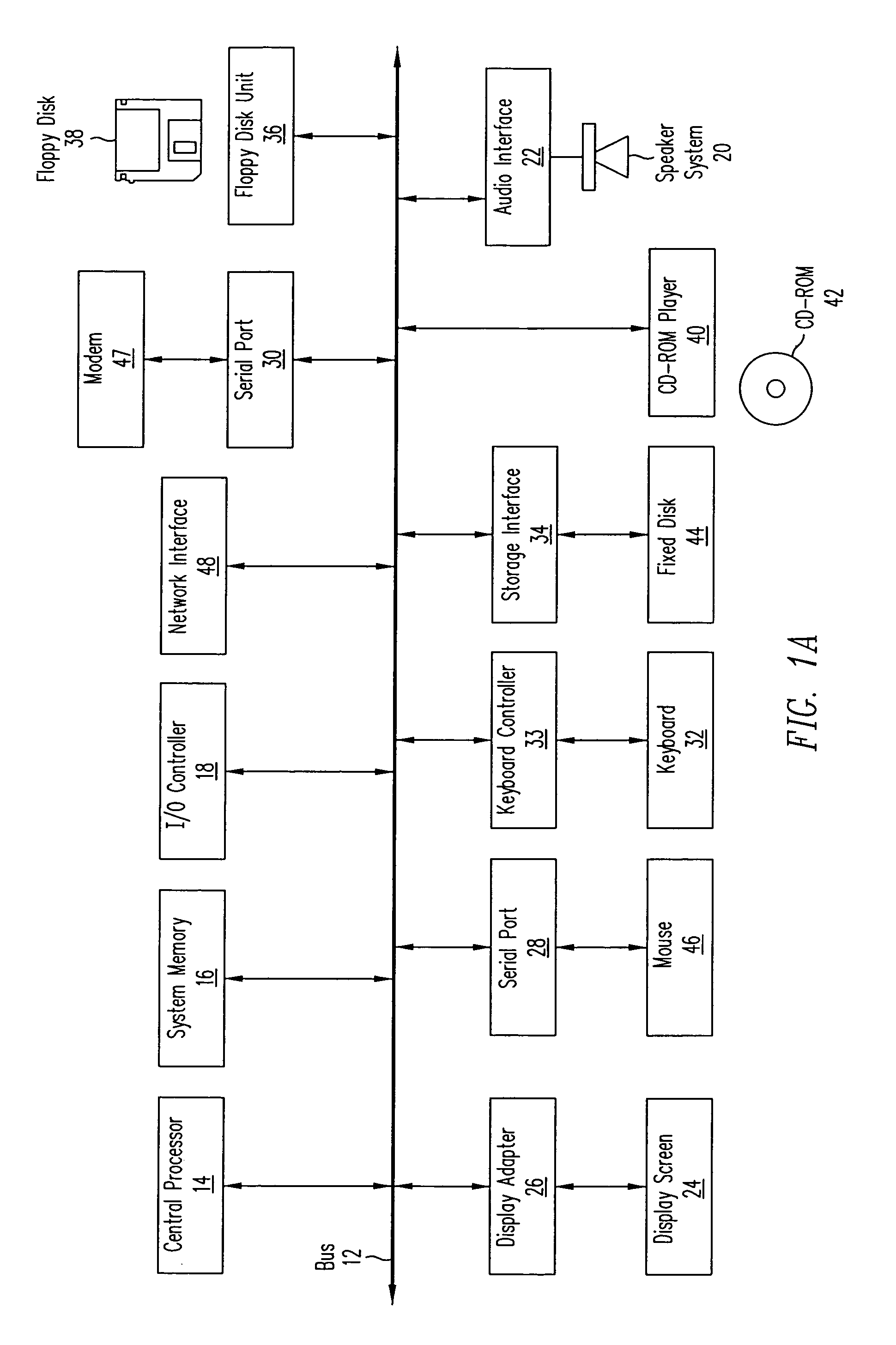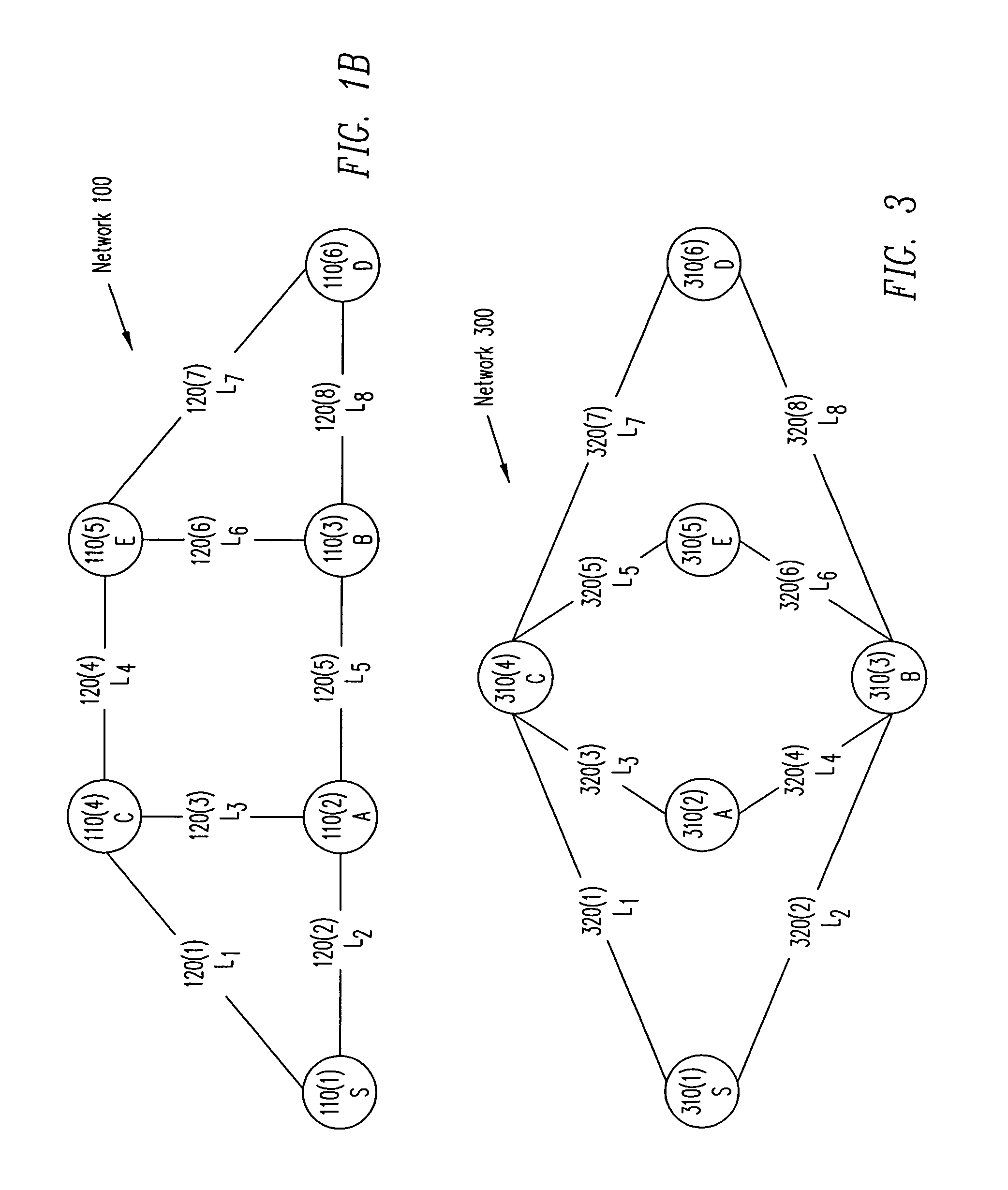Method and apparatus for uninterrupted packet transfer using replication over disjoint paths
a technology of uninterrupted packet transfer and disjoint paths, applied in the field of computer networks, can solve the problems of inability to detect a breakdown, the time required for a breakdown to be discovered, and the inability to efficiently and effectively maintain a datastream, etc., to achieve the effect of simple and effective implementation, efficient and effective data stream maintenance, and simple structur
- Summary
- Abstract
- Description
- Claims
- Application Information
AI Technical Summary
Benefits of technology
Problems solved by technology
Method used
Image
Examples
Embodiment Construction
[0023]The following is intended to provide a detailed description of an example of the invention and should not be taken to be limiting of the invention itself. Rather, any number of variations may fall within the scope of the invention which is defined in the claims following the description.
Introduction
[0024]A method and apparatus according to embodiments of the present invention address the problem of recovery from a breakdown of a path used to support datastreams traversing a network. In particular, such an approach provides a reliable connection for real-time and near real-time applications, such as VoIP. Preferably, the technique employs a pair of shortest node-disjoint paths (or link-disjoint paths), which are identified and configured a-priori. If packet transfer is forced to occur along these paths (e.g., by the use of label-switching techniques), then failure within one of the two paths does not interrupt transfer of packets from the source to the destination. To achieve u...
PUM
 Login to View More
Login to View More Abstract
Description
Claims
Application Information
 Login to View More
Login to View More - R&D
- Intellectual Property
- Life Sciences
- Materials
- Tech Scout
- Unparalleled Data Quality
- Higher Quality Content
- 60% Fewer Hallucinations
Browse by: Latest US Patents, China's latest patents, Technical Efficacy Thesaurus, Application Domain, Technology Topic, Popular Technical Reports.
© 2025 PatSnap. All rights reserved.Legal|Privacy policy|Modern Slavery Act Transparency Statement|Sitemap|About US| Contact US: help@patsnap.com



